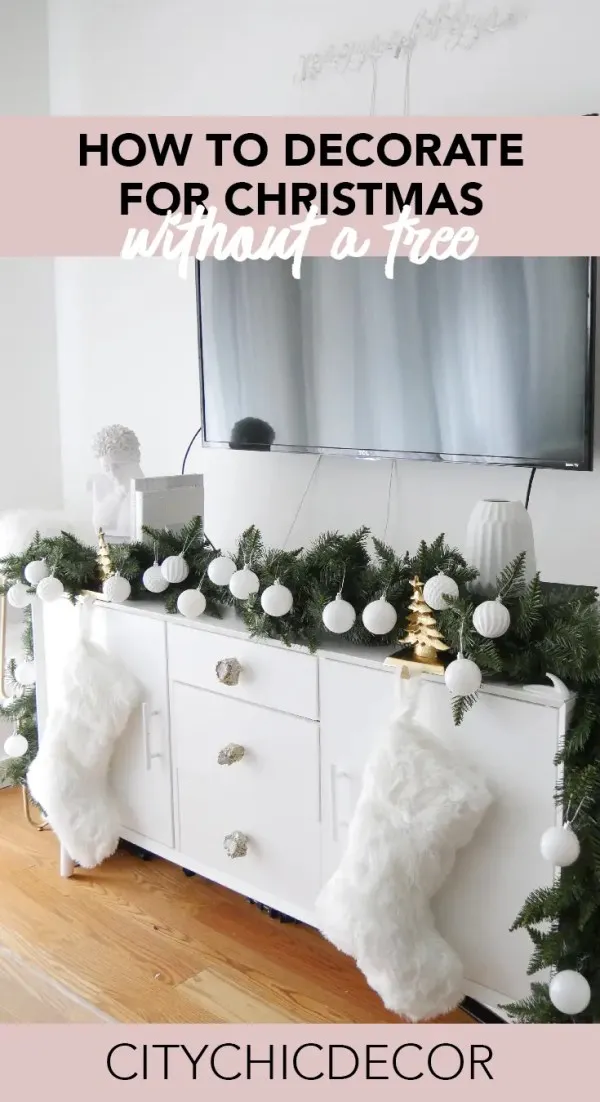Planning Your Kitchen Makeover
Embarking on a DIY kitchen decor project can be an incredibly rewarding experience. It allows you to personalize your space, reflect your style, and often, save money. However, a successful kitchen makeover requires careful planning. Before you pick up a paintbrush or hammer, take the time to consider the scope of your project. Understanding your goals, your budget, and the limitations of your space is crucial. This initial planning phase sets the foundation for a smooth and satisfying transformation, ensuring that your DIY efforts result in a kitchen that truly wows.
Define Your Style
The first step in any DIY kitchen decor project is to define your style. Are you drawn to the sleek lines of modern design, the rustic charm of farmhouse aesthetics, or the vibrant energy of a bohemian kitchen? Researching different styles is essential; browse home decor magazines, explore online platforms like Pinterest and Instagram, and visit open houses or model homes. Collect images of kitchens that resonate with you, noting the elements you love – the color palettes, the materials, the furniture, and the accessories. This visual research helps you clarify your preferences and create a cohesive vision for your kitchen.
Identify Your Needs
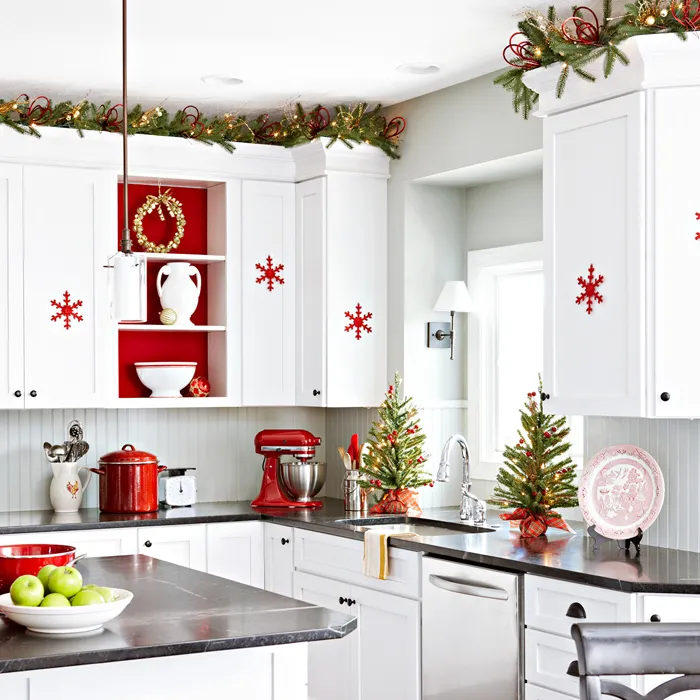
Alongside defining your style, consider the practical aspects of your kitchen. How do you use your kitchen? Do you frequently cook, bake, or entertain? What are the current pain points in your kitchen? Is there a lack of storage space, insufficient lighting, or an inefficient layout? Identifying your needs is vital to ensure your DIY kitchen decor improvements are functional and enhance your daily routines. Make a list of your needs. This could include adding more countertop space, improving the flow of traffic, or incorporating smart storage solutions. Addressing these practical needs will significantly improve the overall usability and enjoyment of your kitchen.
Set a Realistic Budget
Budgeting is a non-negotiable part of any DIY project. Determine how much you’re willing to spend. Research the costs of materials, tools, and any necessary supplies. It’s easy to get carried away with ideas, but setting a realistic budget ensures you stay on track and avoid overspending. Prioritize your projects and decide which elements are most important to your vision. Be prepared to make compromises and look for budget-friendly alternatives. Consider DIY projects you can complete to reduce costs. Planning your budget carefully from the start prevents financial stress and ensures your DIY kitchen decor project is a success.
Choosing the Right Color Palette
The color palette you choose sets the tone for your entire kitchen. Colors have a powerful impact on mood and perception. Think about the atmosphere you want to create. Do you want a bright and airy space, a warm and inviting environment, or a bold and energetic kitchen? Consider the size of your kitchen and the amount of natural light it receives. Lighter colors can make a small kitchen feel larger, while darker colors can create a cozy atmosphere. Choosing the right color palette is essential for setting the stage for your kitchen makeover.
Color Psychology in the Kitchen
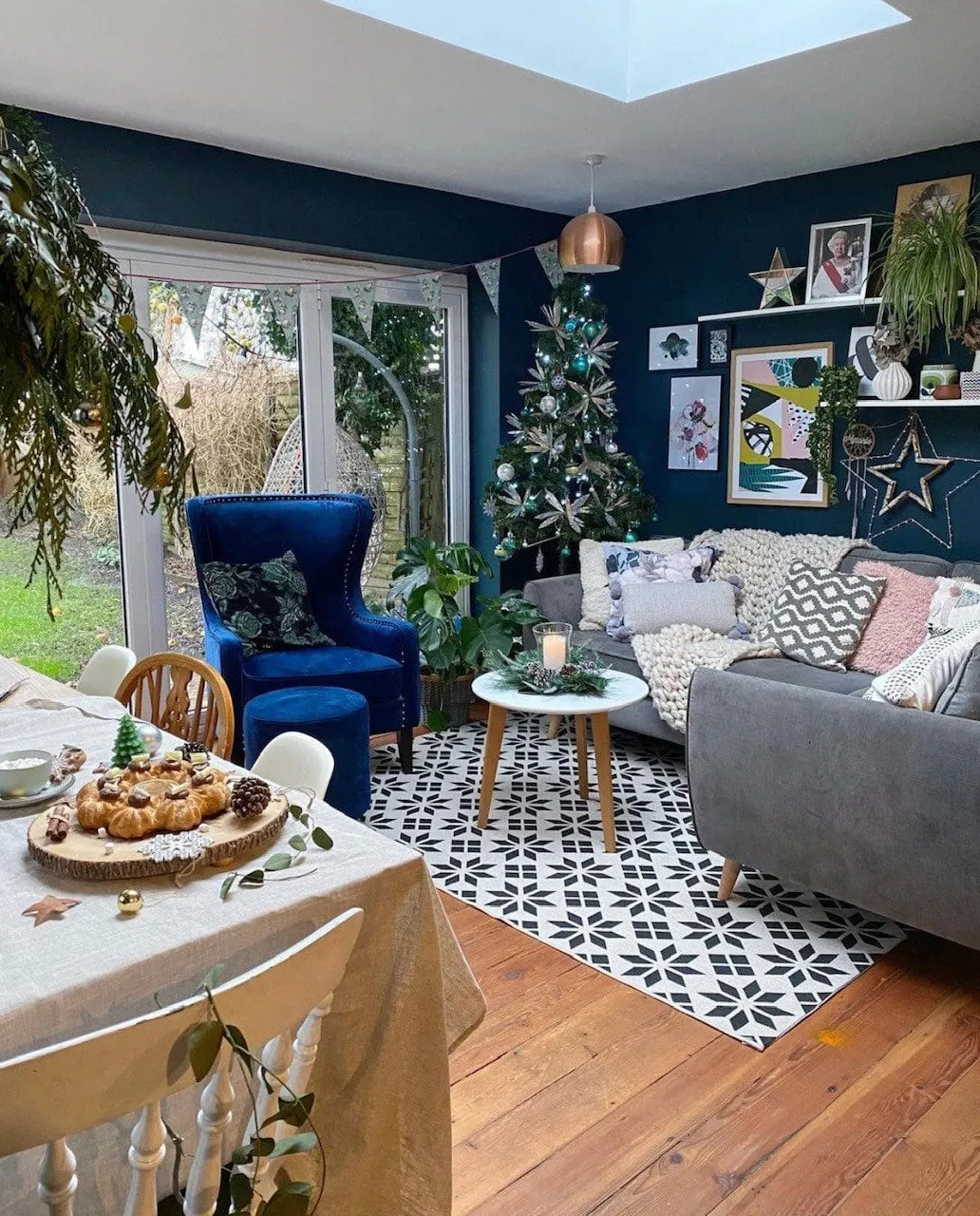
Understanding the psychology of color can significantly influence your color choices. Certain colors evoke specific emotions and can impact how you feel in the space. For example, blue and green are often associated with calmness and tranquility, making them suitable for creating a relaxing atmosphere. Yellow and orange can stimulate appetite and create a cheerful vibe. Red is an energetic color that can add a dramatic touch. White creates a sense of cleanliness and openness. Consider how you want to feel in your kitchen and choose colors that align with those emotions. Consider how the colors will interact with the existing elements of your kitchen. This will also allow you to make the most of your space.
Popular Color Schemes
Several popular color schemes work well in the kitchen. Neutral palettes, such as white, gray, and beige, provide a timeless and versatile foundation that allows you to experiment with accent colors. Earth tones, including warm browns, greens, and terracotta, create a natural and inviting atmosphere. Bold and bright colors, such as blues, yellows, and oranges, can inject personality and energy into your kitchen. Consider these popular color schemes, but don’t be afraid to personalize them to reflect your unique style. Start with a base color and then add complementary colors or accents to create visual interest and depth.
DIY Wall Decor Ideas
Walls are often overlooked in kitchen design, but they provide a prime opportunity to enhance your decor. With DIY wall decor, you can add personality, style, and functionality to your kitchen. There are numerous DIY options to choose from, ranging from simple and budget-friendly to more elaborate projects. Consider the size and layout of your kitchen, the existing decor, and the overall style you’re aiming for when choosing your wall decor project. This will allow you to have a kitchen that is functional and visually appealing.
Creating a Gallery Wall
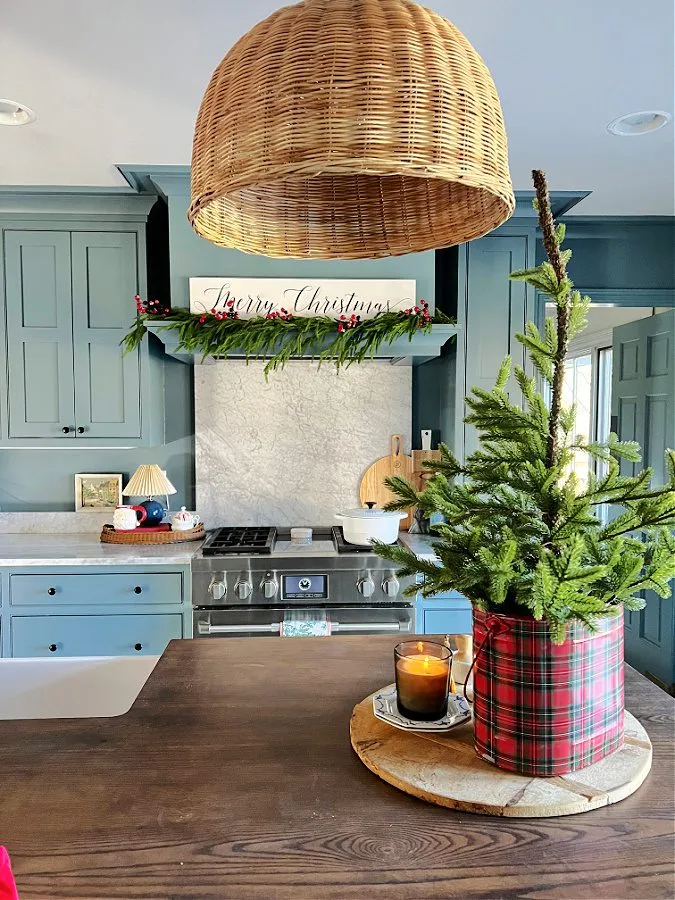
A gallery wall is a fantastic way to showcase your personality and add visual interest to your kitchen. Gather a collection of artwork, photographs, or prints that you love. Arrange them in a visually appealing layout on the floor before you begin hanging. You can create a symmetrical, grid-like arrangement, or a more eclectic, asymmetrical display. When hanging your gallery wall, use painter’s tape to mark the positions of your artwork on the wall before hammering in nails or using Command strips. Varying the sizes and styles of your frames can add to the visual appeal. The result is a personalized and eye-catching focal point in your kitchen.
DIY Chalkboard Wall
A chalkboard wall offers a functional and decorative element to your kitchen. It provides a space for jotting down grocery lists, writing inspirational quotes, or creating personalized artwork. To create a chalkboard wall, you can either paint a section of your wall with chalkboard paint or use a chalkboard vinyl. This is one of the simplest DIY projects, requiring minimal materials and effort. Once dry, you can begin creating your artwork. The chalkboard wall is a versatile element that can be customized to fit any style. Remember, chalk markers can also be used for cleaner and more vibrant displays, allowing you to personalize your kitchen with ease.
DIY Floating Shelves
Floating shelves are a stylish and practical way to add storage and display space to your kitchen. They can be used to showcase your favorite dishes, cookbooks, or decorative items. Building your own floating shelves is a relatively straightforward DIY project. You can use reclaimed wood for a rustic look, or opt for a more modern design using plywood or MDF. Ensure your shelves are properly mounted to the wall to support the weight of your items. Floating shelves can enhance the functionality of your kitchen while contributing to its overall aesthetic.
Upcycling and Repurposing
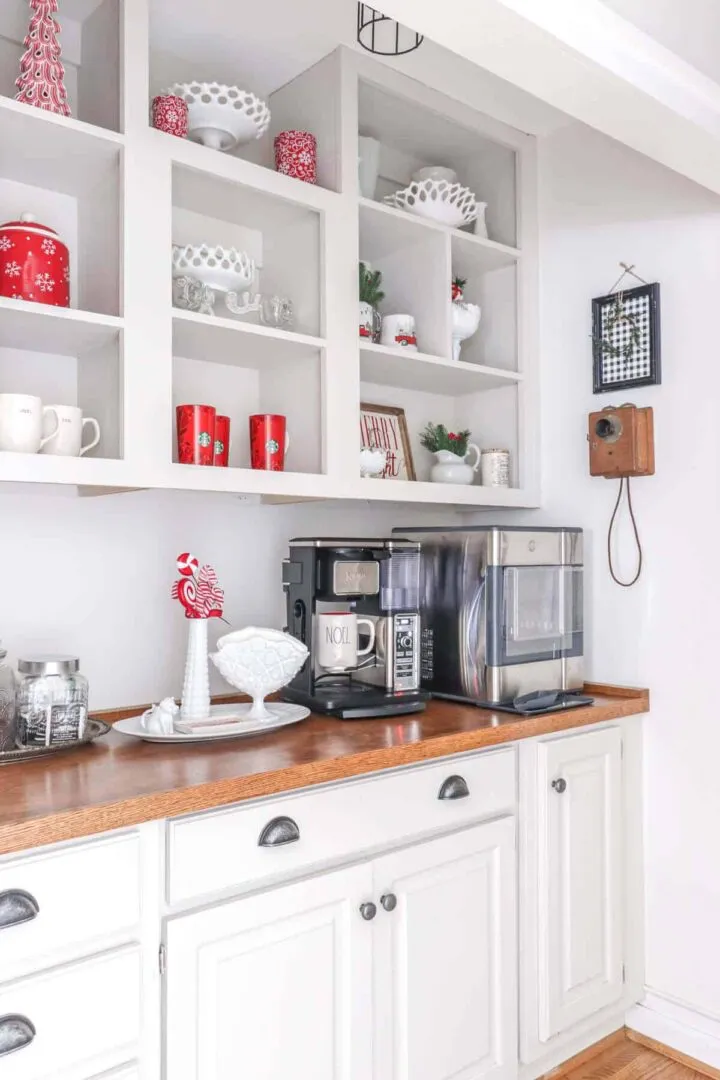
Upcycling and repurposing are excellent ways to add unique character to your kitchen decor while also being environmentally friendly. These approaches transform discarded items into something new and functional. This not only saves money, but also allows you to express your creativity. Repurposing can give your kitchen decor a distinctive, one-of-a-kind look and feel. By upcycling, you give old items a new purpose and prevent them from ending up in a landfill.
Transforming Old Furniture
Give old furniture a new life by transforming it into unique kitchen decor. An old dresser can be converted into a kitchen island or a storage cabinet with a fresh coat of paint, new hardware, and a countertop. A vintage table can be repurposed as a kitchen island. Even old chairs can be refreshed and used as seating. This is where your creativity can truly shine. By upcycling old furniture, you inject character and history into your kitchen while also contributing to sustainability. You can truly transform the look and feel of your kitchen.
Repurposing Kitchen Items
Look around your kitchen and identify items that you can repurpose. Old mason jars can be used as drinking glasses, storage containers, or decorative vases. Tin cans can be transformed into utensil holders, planters, or decorative storage. A wooden cutting board can be repurposed as a serving tray. By repurposing kitchen items, you not only reduce waste but also add a unique, personal touch to your kitchen decor. This practice promotes sustainability and allows you to create a functional and aesthetically pleasing space.
DIY Kitchen Lighting
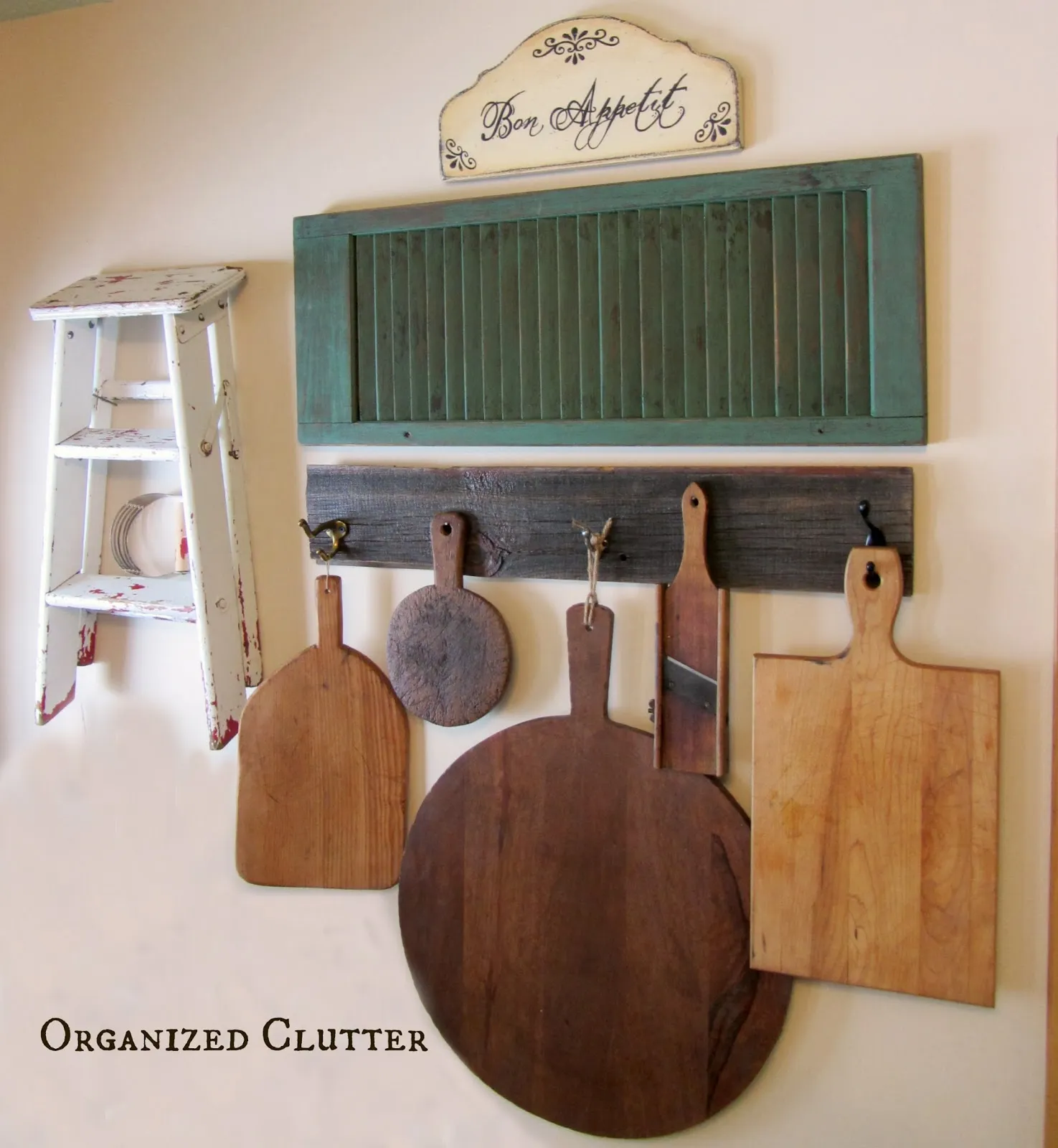
Proper lighting is crucial for any kitchen, as it affects both the functionality and ambiance of the space. Improving your kitchen lighting can make a significant difference in your daily routines. With DIY lighting projects, you can customize your lighting scheme and create the desired atmosphere. Whether you’re aiming for task lighting, ambient lighting, or accent lighting, there are numerous DIY options to choose from, catering to a range of skill levels and budgets. Enhance your kitchen’s functionality and style by strategically implementing DIY lighting solutions.
Adding Under-Cabinet Lighting
Under-cabinet lighting provides focused task lighting for your countertops, making it easier to prepare meals and perform other kitchen tasks. This type of lighting is relatively easy to install and can dramatically improve the functionality and aesthetic of your kitchen. There are several options for under-cabinet lighting, including LED strip lights, puck lights, and rope lights. LED strip lights are energy-efficient and provide a sleek, modern look. Puck lights offer a more focused beam of light, while rope lights are flexible and easy to install. Adding under-cabinet lighting is a straightforward DIY project that makes a big impact on your kitchen’s usability.
Choosing the Right Light Fixtures
Choosing the right light fixtures can dramatically impact the overall look of your kitchen. Consider the style of your kitchen when selecting light fixtures. If you have a modern kitchen, opt for sleek, minimalist fixtures. For a farmhouse-style kitchen, choose pendant lights with a rustic or vintage aesthetic. Recessed lighting provides general illumination and is a great option for a clean, uncluttered look. Pendant lights over a kitchen island add both style and focused lighting. Consider the size of your kitchen and the desired lighting levels. By choosing the right light fixtures, you can transform your kitchen’s aesthetic while ensuring it’s well-lit and functional.
Accessorizing Your Kitchen
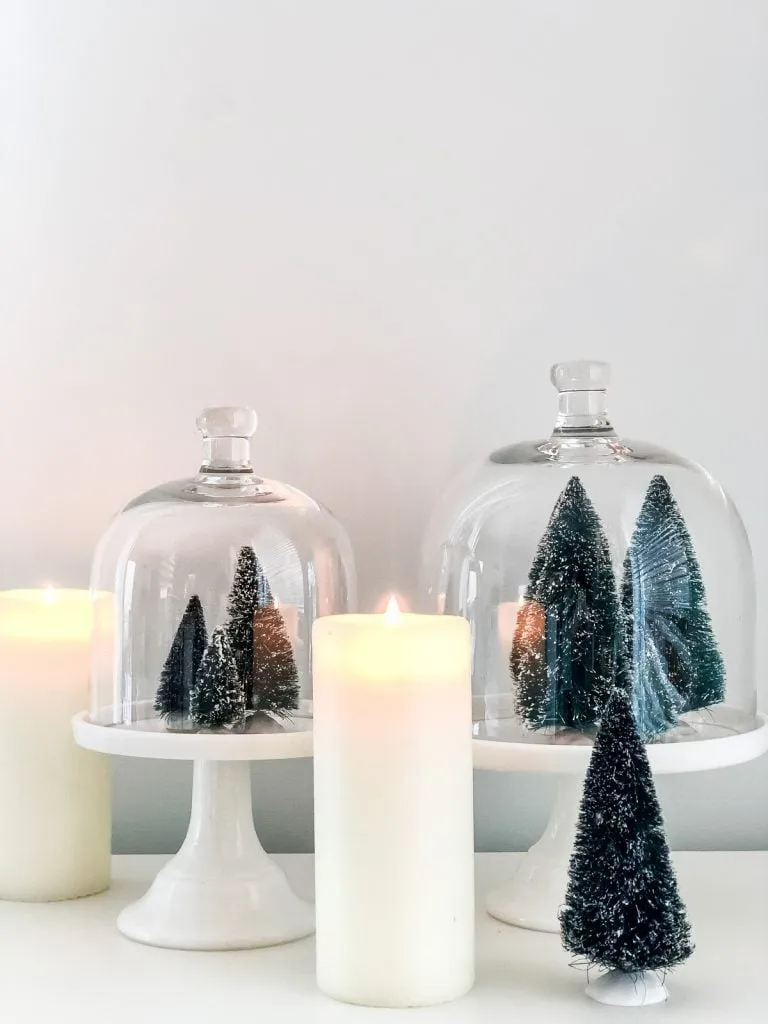
Accessories are the finishing touches that bring personality and style to your kitchen. They add visual interest, reflect your tastes, and make your kitchen feel warm and inviting. When selecting accessories, consider the overall style of your kitchen and choose items that complement your color scheme and decor. Adding the right accessories can transform your kitchen from a functional space into a personalized sanctuary.
Adding Decorative Items
Decorative items can add personality and charm to your kitchen. Display your favorite cookbooks, add decorative bowls and trays, or showcase unique kitchen utensils. Vases with fresh flowers or greenery add a touch of natural beauty. Consider the materials and textures of your accessories. Mixing textures, such as wood, metal, and glass, creates visual depth and interest. Arrange your accessories strategically to create a cohesive and stylish look. Use these elements to inject personality and character into your kitchen space.
Using Plants to Enhance Your Decor
Adding plants to your kitchen is a simple yet effective way to enhance its decor. Plants not only add a touch of natural beauty but also improve air quality and create a sense of tranquility. Choose plants that thrive in kitchen environments, such as herbs, succulents, or ferns. Arrange plants on windowsills, countertops, or shelves. Consider the size and shape of your plants, as well as the type of pots or containers you use. By incorporating plants, you can make your kitchen feel more inviting and bring the outdoors inside. Plants infuse life and freshness into the space, complementing your overall decor.
DIY Kitchen Decor: Final Touches
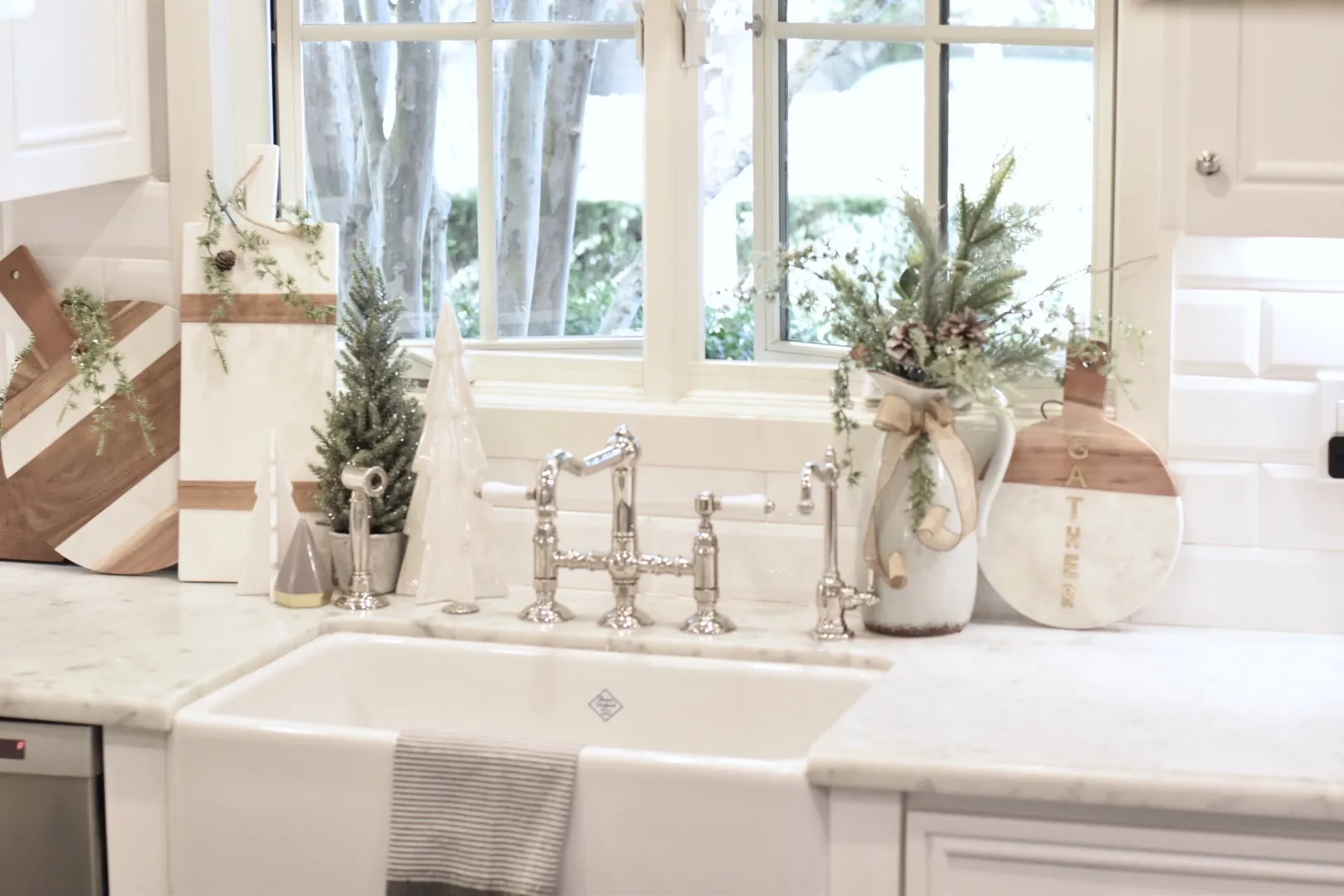
The final touches are what truly make your DIY kitchen decor project shine. Once you’ve completed your DIY projects and implemented your chosen color scheme and accessories, take a step back and assess the overall look of your kitchen. Ensure that all the elements are working together harmoniously and reflecting your unique style. This can include adding a fresh coat of paint, rearranging your accessories, or making minor adjustments to your lighting. Take pride in the transformation you’ve accomplished, and enjoy your newly decorated kitchen.
